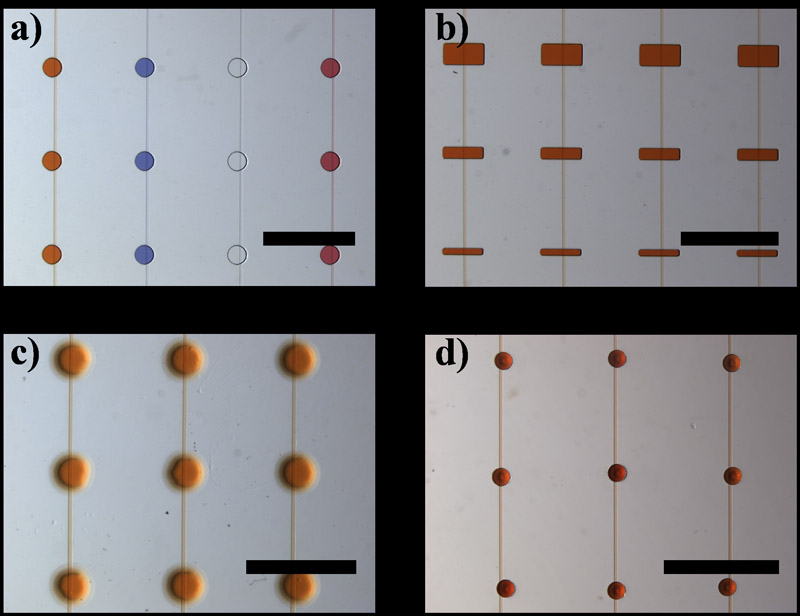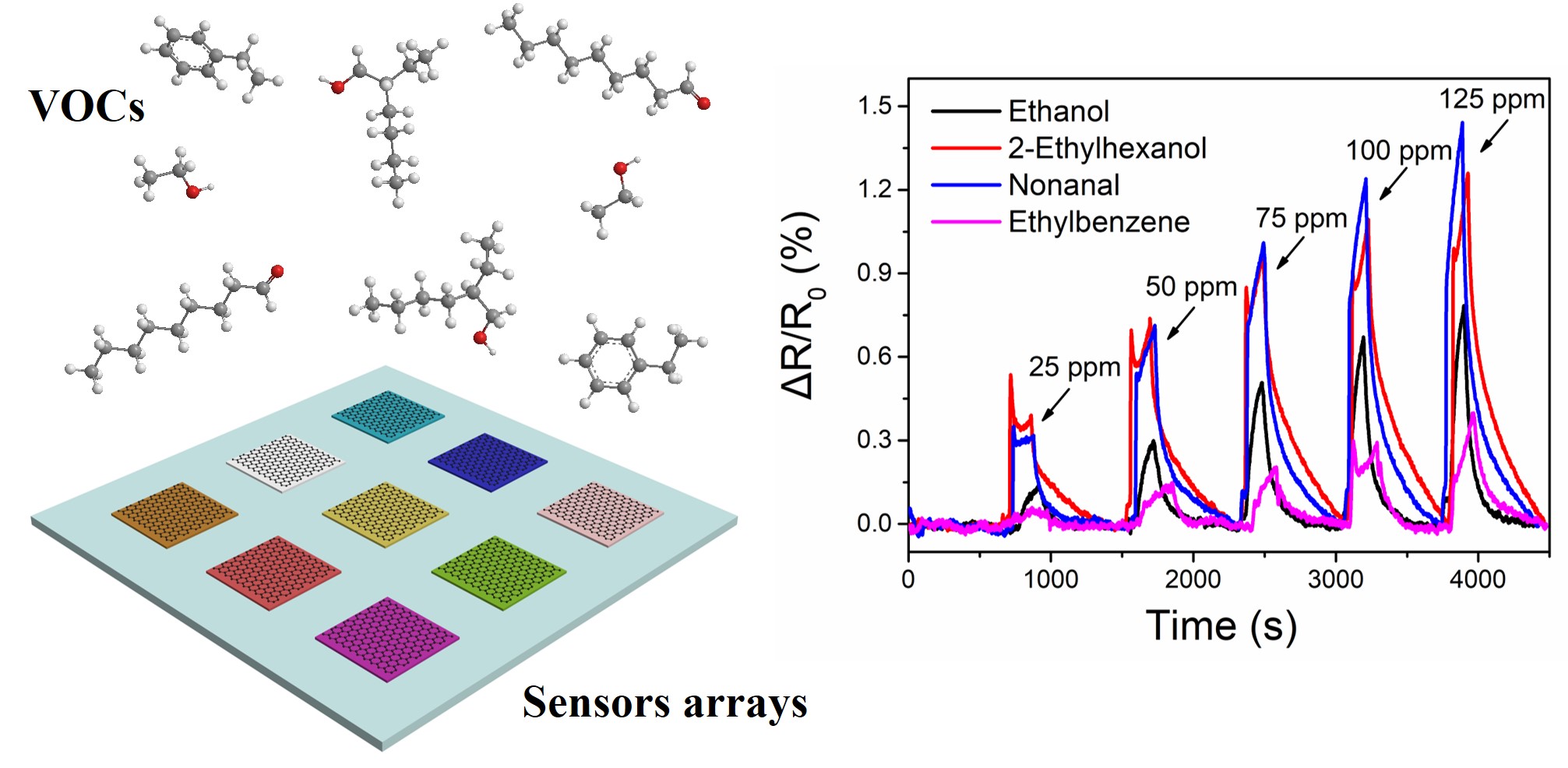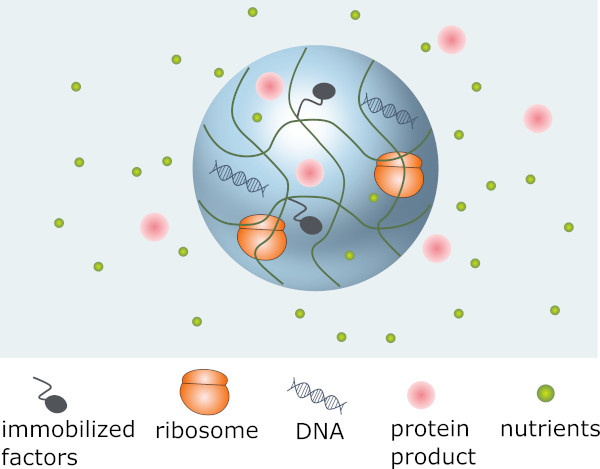1. Microanalysis
Chemical analysis of minute amount samples is important to many applications in which the sample amount is low or the reagents are expensive. We are interested in developing microanalysis technologies using nanoliter droplets, microwells, and microarrays.
Nanoliter-volume droplets can be used as micro-reactors for synthesis, cell analysis, protein expression, and etc. Rapid mixing in the droplets allows us to study ms to s kinetics using microliter amount of reagents. We demonstrated electrochemical analysis of naonoliter droplets and kinetics based single nucleotide polymorphism (SNP) detection in the droplets, with the advantages of minimal reagent consumption and good discrimination ability.
Arrays of microwells or microspots are broadly used in high-throughput bioanalysis and screening. The applications include drug screening, genetic analysis, immunoassay, single cell analysis, protein crystallization, and etc. As the size of the microwells and the microspots decreases to sub-millimeter scale, microfluidic techniques are needed to handle the liquid. For example, the evaporation loss is fast and interfacial forces become dominant on such small dimension. To address these issues, we developed a simple liquid dispensing method for nanoliter-volume microwells. Based on this method, we demonstrated protein crystallization and phase diagram study in microwells. We also developed new surface patterning methods on perfluorinated surfaces, which provided substrates for microarray technologies.

Figure 1. Dispensing liquids into nanoliter microwells by degassed PDMS microchannels. Scale bar: 2 mm.
2. Chemical sensor technologies
We are interested in electronic noses and electronic tongues, which are essentially arrays of chemical sensors. Such arrays of chemical sensors generate patterns of responses upon the exposure to the target samples, which are usually a mixture of many compounds. By analyzing the patterns of responses, we will be able to differentiate different samples. The advantages of electronic noses and electronic tongues, comparing to the traditional chromatography-mass spectrometry technologies, are the low cost, easy operation, short analysis time, and portability.
In our research work, we are developing new chemical routes to prepare libraries of chemiresistive sensor materials, and construct electronic noses based on the libraries.

Figure 2. The graphene oxide based sensor array (left) and the corresponding resistance signal (right) upon exposure to various gaseous samples.
3. Artificial cells and cell free synthetic biology
Artificial cells provide an important and interesting tool in the research of drug delivery, biosensors, synthetic biology and the origin of life.
We have constructed the hydrogel-based artificial cells by immobilizing the proteinaceous factors of the cell-free transcription and translation system on the polymer backbone of the hydrogel particles and encapsulating the plasmid template and ribosome inside the hydrogel. With the continuous supply of nutrients and energy, the protein expression in the artificial cells remain stable for tens of days. The artificial cells support the regulation of protein expression by the usage of lac operon. We have also constructed an in vitro genetic oscillator in the artificial cells. The hydrogel-based artificial cells provide a promising platform for gene circuit engineering, metabolic engineering, and biosensors.

Figure 3. The scheme of the hydrogel-based artificial cell.
